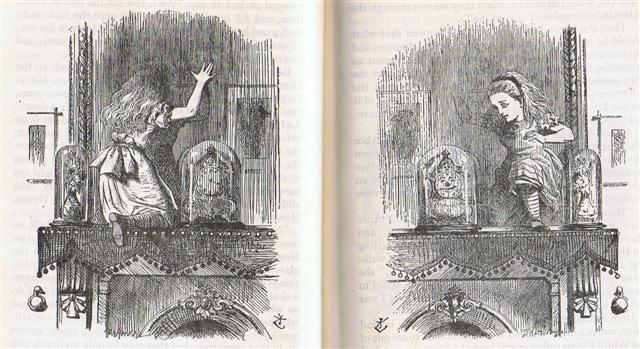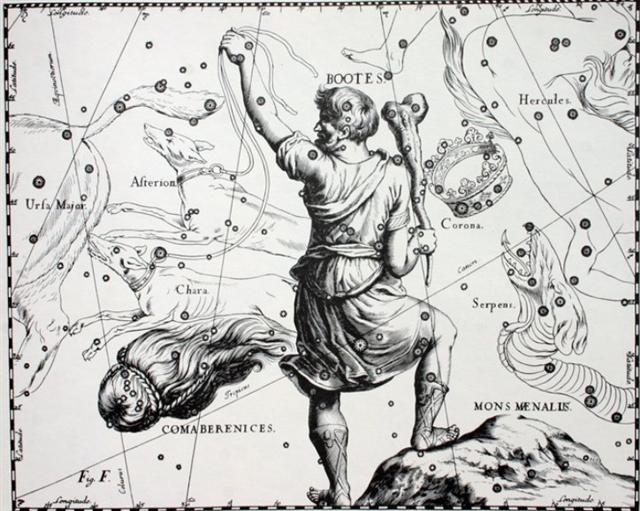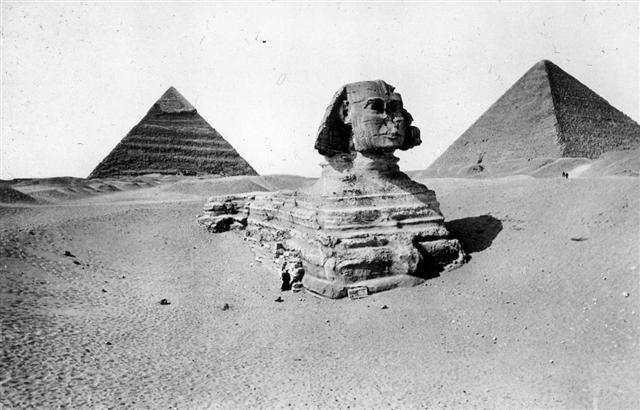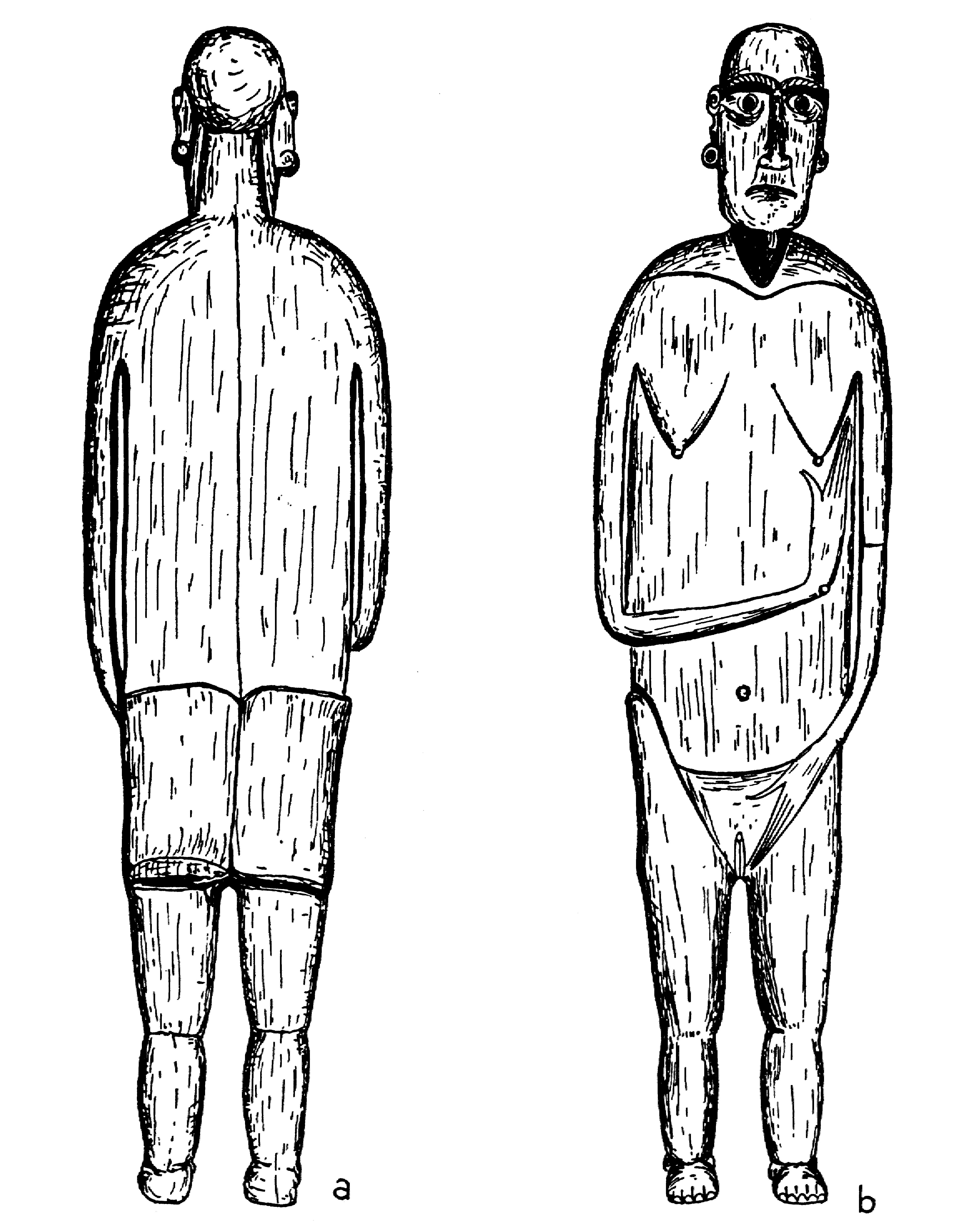|
584
43 Once again. On Easter Island the seasons north of the equator were perceived as 'upside down'. From which followed that also everything else had to be upside down (or reversed):
... If the moral attitudes of primitive man are hard for the Western mind to grasp and translate into familiar terms, there can hardly be one more so than the Maori notion of cooked food as the lowest thing, the furthest opposite to the sacred, in fact filthy. For us to divest our minds of Christian notions of good and evil and substitute the concept of simple payment, harm for harm (or 'revenge', as we commonly call it with a misleading moral overtone), is simple enough - perhaps because every schoolchild has at some time known the latter in his horrid heart. Even the Maori custom of weeping over friends when they arrive instead of when they depart has a certain logic that is not beyond our comprehension. But to enter, against all conditioning, into the minds of a people for whom cooked food and the act of eating could carry the overtones of meaning that we in our greater wisdom attach to their physical opposites and to sex, is a good deal harder. One has somehow to throw the mind into a state of being that is radically unlike ours. Yet if the trick can be done, a light comes on ... Therefore the anus of Bootes (i.e. Arctuirus) was perceived as a presentation created for people north of the equator and not relevant for the minds of the Polynesians living on Easter Island.
It had to be reversed in order to fit the circumstances on Easter Island. ... Atea then became the wife of Rua-tupua-nui, Source of Great Growth, and they became the parents of all the celestial beings, first the shooting stars, then the Moon and the Sun, next the comets, then the multitude of stars and constellations, and finally the bright and dark nebulae. When this tremendous task had been accomplished Atea took a third husband, Fa'a-hotu, Make Fruitful. Then occurred a curious event. Whether Atea had wearied of bringing forth offspring we are not told, but certain it is that Atea and her husband Fa'a-hotu exchanged sexes. Then the eyes of Atea glanced down at those of his wife Hotu and they begat Ru. It was this Ru who explored the whole earth and divided it into north, south, east, and west ...
One half was beginning with Janus (→ January) and half a year later came Anus. ... The month, which takes its name from Juppiter the oak-god, begins on June 10th and ends of July 7th. Midway comes St. John's Day, June 24th, the day on which the oak-king was sacrificially burned alive. The Celtic year was divided into two halves with the second half beginning in July, apparently after a seven-day wake, or funeral feast, in the oak-king's honour ...
The perspective on Easter Island could therefore in a sense have been similar to that of ancient Egypt, where 'up' corresponded to the direction towards the high mountain region in the south - from where the sweet waters of the Nile originated. And the Sphinx would therefore have been looking towards the horizon in the east, towards the Nile and the direction for rebirth - with the graves yard at her back:
For at the horizon in the east the Sun emerged at dawn, destined later to become strangled by a kind of 'sphincter' - kaph:
220 ↔ 584 - 364. ... The little birds now did their best to comply with Maui's wish. They sat as still as they could, and held their beaks shut tight, and tried not to laugh. But it was impossible. It was the way Maui went in that gave them the giggles, and in a moment little tiwaiwaka the fantail could no longer contain himself. He laughed out loud, with his merry, cheeky note, and danced about with delight, his tail flickering and his beak snapping. Hine nui awoke with a start. She realised what was happening, and in a moment it was all over with Maui. By the way of rebirth he met his end ...
In the C text we can count backwards from Polaris (*26) to glyph number 392 - 26 (→ 32 - 6) = 366 (→ 2 * 183):
|
|||||||||||||||||||||||||||||||||||||||||||||||||||||||||||||||||||||||||||||||||||||||||


.jpg)
.jpg)






